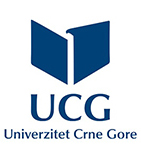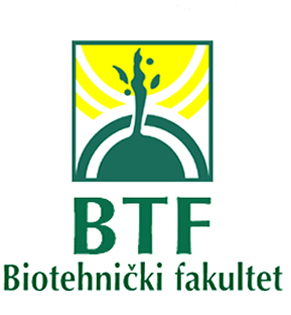| Year : |
2024 |
| Volume : |
70 |
| Issue : |
3 (30.09.2024) |
| |
|
| Authors : |
Natalia KOVALZHY, Serhii RIEZNIK, Andrii BUTENKO, Dmytro HAVVA, Vasyl DEGTYARJOV, Anna HOTVIANSKA, Oksana BONDARENKO, Nataliia NOZDRINA |
| Title : |
ACTIVITY OF CELLULOSE–DEGRADING MICROORGANISMS IN TYPICAL CHERNOZEM UNDER DIFFERENT FERTILIZATION SYSTEMS OF STRAWBERRIES (FRAGARIA) |
| Abstract : |
To determine the effect of fertilization systems on indicators of cellulose–degrading activity of microorganisms of a typical deep heavy loamy chernozem under the bed technology of growing garden strawberries using drip irrigation. Methods. Comparative profile, microbiological, mathematical and statistical. The cellulose–destroying activity of soils was carried out by the method of deep sowing of soil suspension on a dense agarized medium (Hutchinson–Clayton agar). The glucose formed after the decomposition of carboxymethyl cellulose (CMC) was determined by titration with sodium hyposulfite. Also, the activity of cellulose–destroying microorganisms was additionally evaluated by the rate of decomposition of cotton fabric (size 10*10 cm) during six months. The degree of decomposition was calculated based on the difference in weight. Results. Statistical analysis of the results of our research confirmed the significant influence on indicators of the number of cellulose–degrading microorganisms and cellulase activity of such factors as sampling depth and fertilization system, in particular, sampling depth has a more significant effect than fertilization system and vice versa, the fertilization system has a more significant effect on decomposition fabrics The highest activity of cellulase is characteristic of chernozem of the fallow area, and among the strawberry variants, the highest indicators were recorded under the condition of using organic fertilizers. An increase in cellulase activity at a depth of 20–30 cm in arable land as a result of plowing plant residues was noted. The highest cellulase activity was recorded in chernozem from the fallow area (6.4–11.2 μg of glucose per 1 g of soil in 7 days) and somewhat lower in strawberries, and comparing fertilization systems, we are talking about the positive effect of organic fertilizers (5.2–6.7 μg of glucose per 1 g of soil for 7 days). Conclusion. The largest number of cellulose–destroying microorganisms was recorded in summer, but enzymatic activity is greater in spring and autumn. Perennial strawberry plantations have higher biological activity compared to arable land, and a comparison of different fertilization systems shows the advantage of organic fertilization. Cultivated soils are characterized by a decrease in the activity of soil enzymes compared to fallow. In the strawberry area, under the organo–mineral system of fertilization, the decomposition of cotton fabric is more intense, even compared to fallow. |
| For citation : |
Kovalzhy N., Rieznik S., Butenko A., Havva D., Degtyarjov V., Hotvianska A., Bondarenko O., Nozdrina N. (2024). Activity of cellulose–degrading microorganisms in typical chernozem under different fertilization systems of strawberries (fragaria). Agriculture and Forestry, 70 (3): 105-113. https://doi.org/10.17707/AgricultForest.70.3.07 |
| Keywords : |
typical chernozem, fertilization systems, soil microorganisms, enzymatic activity, cellulase. |
| |
|
| download paper |

